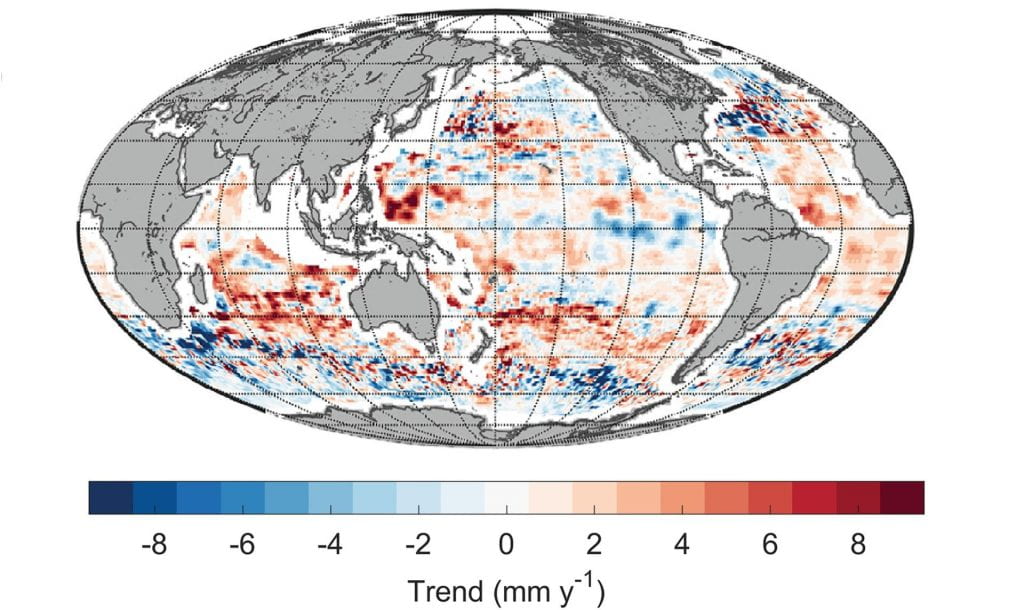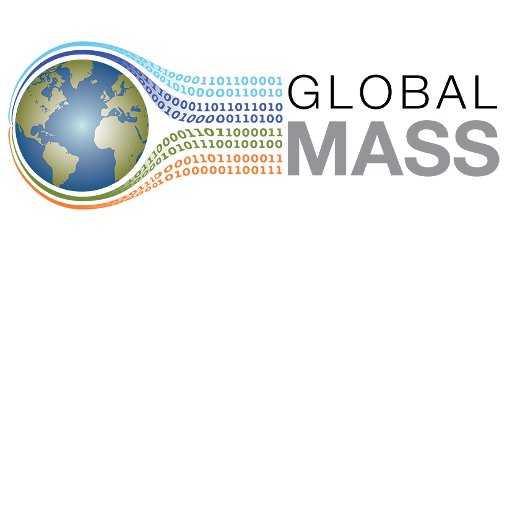The GlobalMass team has started 2020 with a new paper published in the Journal of Geophysical Research: Oceans and addressing the question “Can We Resolve the Basin‐Scale Sea Level Trend Budget From GRACE Ocean Mass?“
The starting point for the study was the observation that spatial patterns of sea level trends calculated as the sum of steric (as measured by Argo floats) and ocean mass (as measured by the Gravity Recovery and Climate Experiment, GRACE, satellite mission) do not fully match direct measurements of sea surface height from satellite altimetry. While these errors may cancel out globally, their presence means that the sea level budget fails to close for some ocean basins and diminishes what information we can obtain from the observations.

The discrepancy between (Argo + GRACE) and altimetry using data products selected to minimise the mean square error from an ensemble mean of alternative products and with consistent corrections. The sea level budget can be said to be closed when the resulting anomaly is close to zero. This plot is an extract from Figure 1 in the full paper.
We propose that this mismatch is due to (i) missing short-wavelength information in Argo data and (ii) observation processing differences at the hemispheric scale. We also find that omitting ocean regions known to be dominated by eddies does not resolve the sea level budget, with large sensitivities remaining due to data processing decisions (such as glacial isostatic adjustment (GIA) correction and altimetry orbital altitude).
A plain language summary of the work is available here.
Full paper: Royston, S., Vishwakarma, B. D., Westaway, R. M., Rougier, J., Sha, Z., & Bamber, J. L. (2020). Can we resolve the basin‐scale sea level trend budget from GRACE ocean mass? Journal of Geophysical Research: Oceans 125, e2019JC015535 (DOI:10.1029/2019JC015535)

